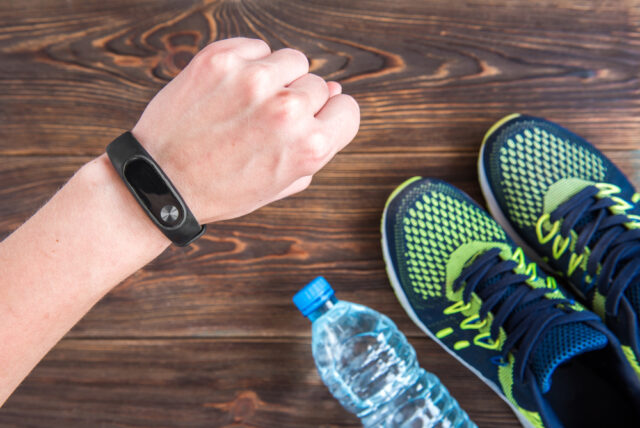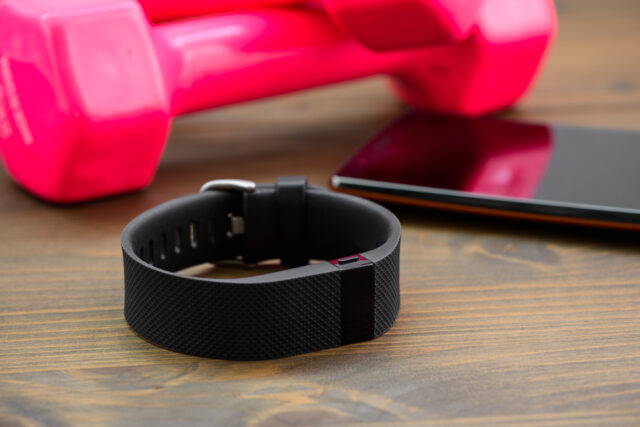Every drop of sweat, every splash of water, and every accidental bump – your fitness tracker endures it all as it accompanies you on your fitness journey. But is your Fitbit Charge up to these challenges? Let’s uncover the truth about its water resistance and durability.
Fitbit Charge is a well-regarded fitness tracker in the market, packed with features to assist you in achieving your health goals. However, to be your ideal fitness companion, it needs to be robust enough to withstand your active lifestyle. This article delves into the water resistance and durability of Fitbit Charge, shedding light on these critical yet often overlooked features.

Understanding Fitbit Charge’s Water Resistance
Water resistance in fitness trackers refers to their ability to resist water ingress to varying degrees. Fitbit Charge boasts a high water resistance rating, making it suitable for wear during heavy workouts, in the rain, or even while swimming. However, water resistance doesn’t mean complete waterproofing, so it’s vital to understand the limitations.

Fitbit Charge in the Real-World: Experiences of Water Exposure
Users often push the boundaries of their Fitbit Charge’s water resistance, with exposure to various scenarios like running in the rain, swimming, or showering. Generally, the tracker holds up well, thanks to its water resistance rating. However, it’s essential to keep in mind that prolonged exposure to water or immersion, especially in salt or chlorinated water, may eventually affect the device. Therefore, rinsing and drying it after exposure can help maintain its water resistance.
Unpacking the Durability of Fitbit Charge
Beyond water resistance, the durability of Fitbit Charge comes under the lens. The tracker’s build quality, which incorporates robust materials and design elements, contributes to its durability. The use of a hard-wearing case and resilient strap materials helps it resist physical impacts, making it a sturdy fitness companion. Real-world user experiences reinforce this claim, as the Fitbit Charge continues to function seamlessly despite occasional bumps and drops.
Maintenance Tips to Preserve the Durability and Water Resistance of Fitbit Charge
Maintaining your Fitbit Charge’s water resistance and durability is crucial for its longevity. Simple practices like cleaning the band regularly, drying it after water exposure, avoiding extreme temperatures, and handling it with care can significantly extend your tracker’s life. Remember, your Fitbit Charge is a technological device, so treating it accordingly can ensure you enjoy its features for a long time.
Frequently Asked Questions (FAQs)
- What is the water resistance rating of Fitbit Charge? Fitbit Charge is water-resistant up to 50 meters.
- Can Fitbit Charge withstand heavy rain or swimming? Yes, Fitbit Charge is designed to withstand water exposure during swimming or in rain. However, it’s not suitable for high-velocity water activities.
- What materials are used in Fitbit Charge that contribute to its durability? Fitbit Charge is crafted from robust materials designed for durability, including a hardy casing and a durable wristband.
- What are some real-world user experiences regarding Fitbit Charge’s durability and water resistance? Users generally report positive experiences, indicating the device withstands daily wear and tear and water exposure well.
- How can I maintain the water resistance and durability of my Fitbit Charge? Regular cleaning, avoiding exposure to extreme conditions, and drying the device after water exposure help maintain its durability and water resistance.
- Does exposure to water affect the functionality of Fitbit Charge? While Fitbit Charge is designed to be water-resistant, prolonged or high-velocity water exposure can potentially damage the device.
- How does the durability of Fitbit Charge compare to other fitness trackers in the market? Fitbit Charge is considered a durable fitness tracker due to its robust construction and resistance to daily bumps and knocks.
- What are the limitations of Fitbit Charge’s water resistance? While Fitbit Charge can withstand water exposure during swimming and in rain, it’s not suitable for high-velocity water activities, and prolonged exposure to water can potentially damage the device.